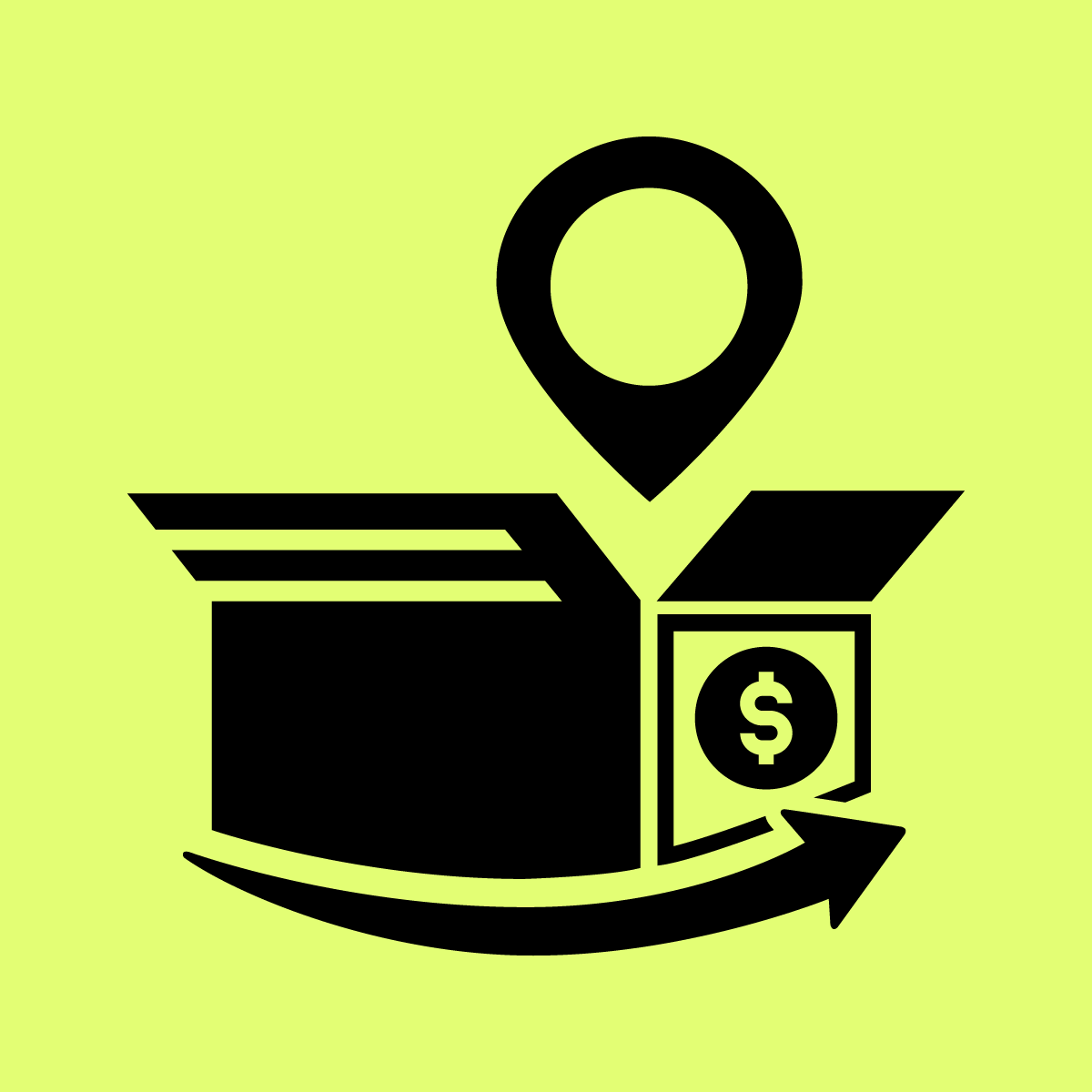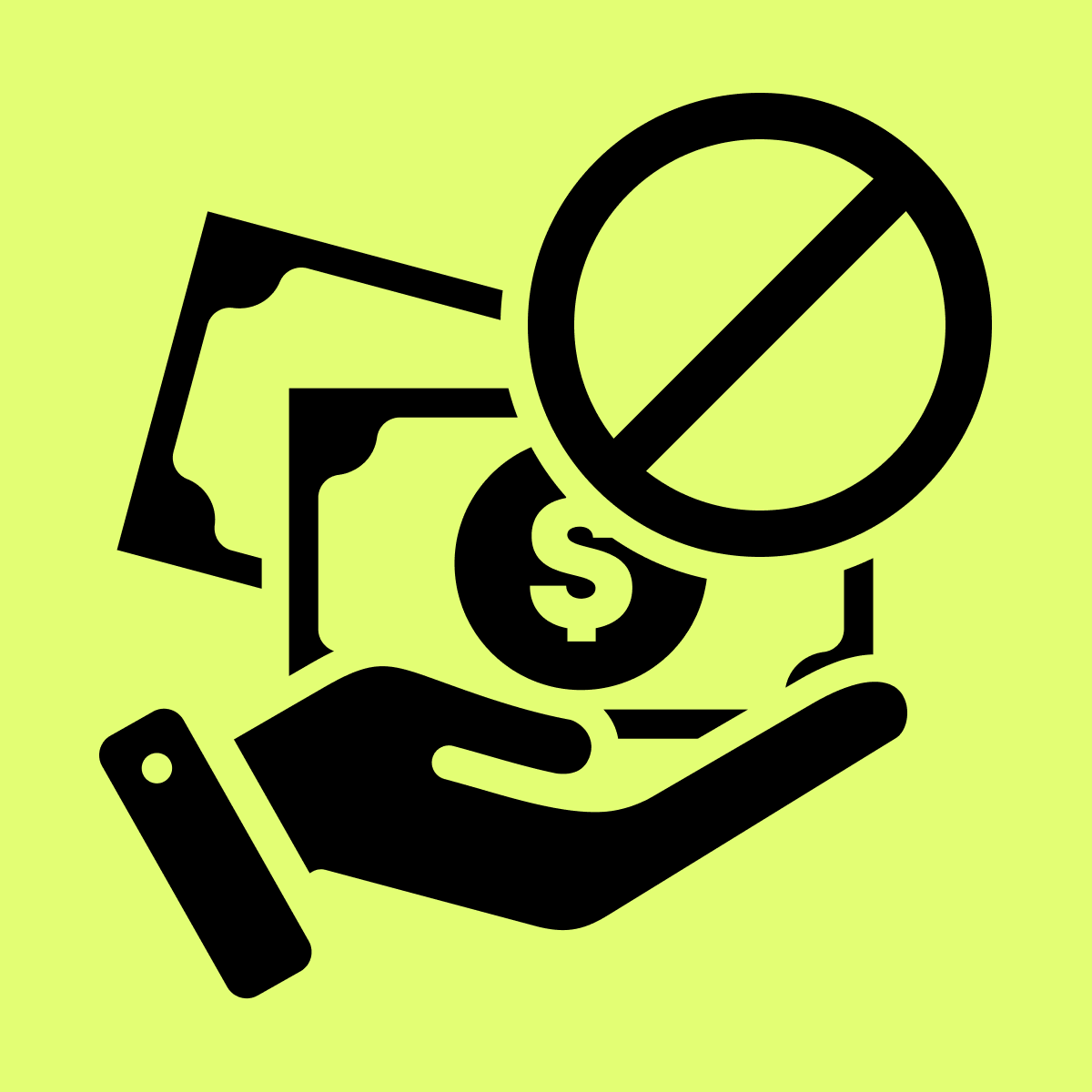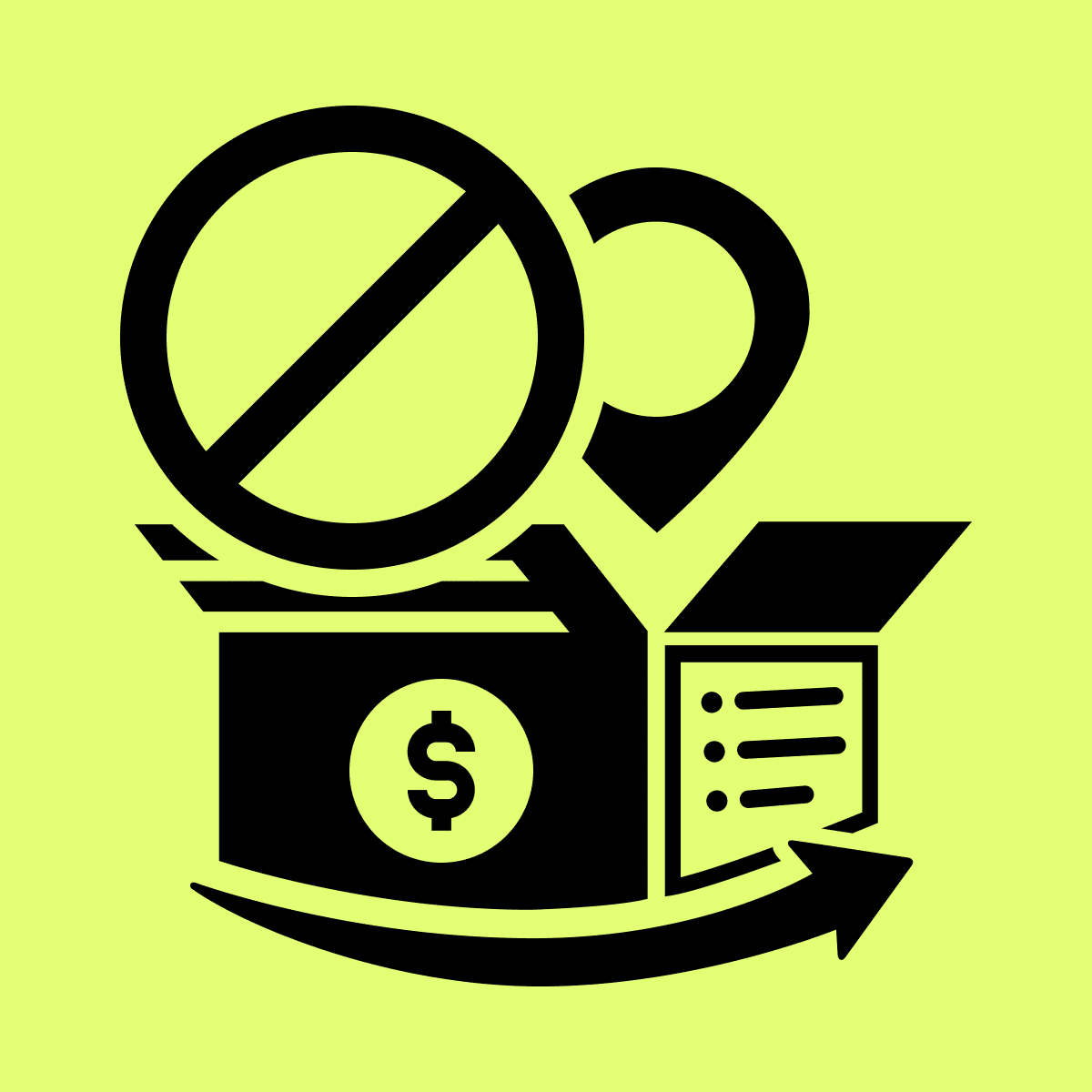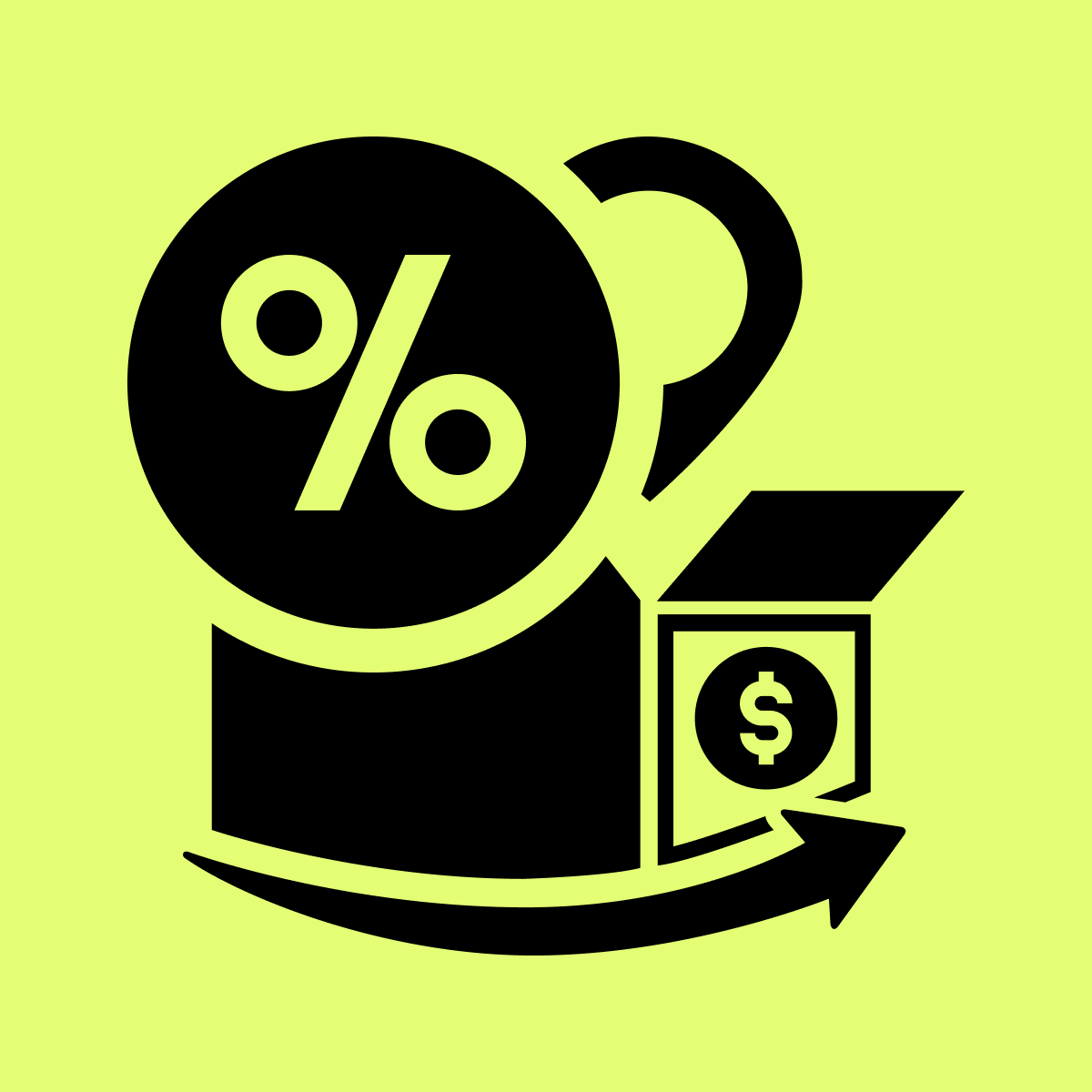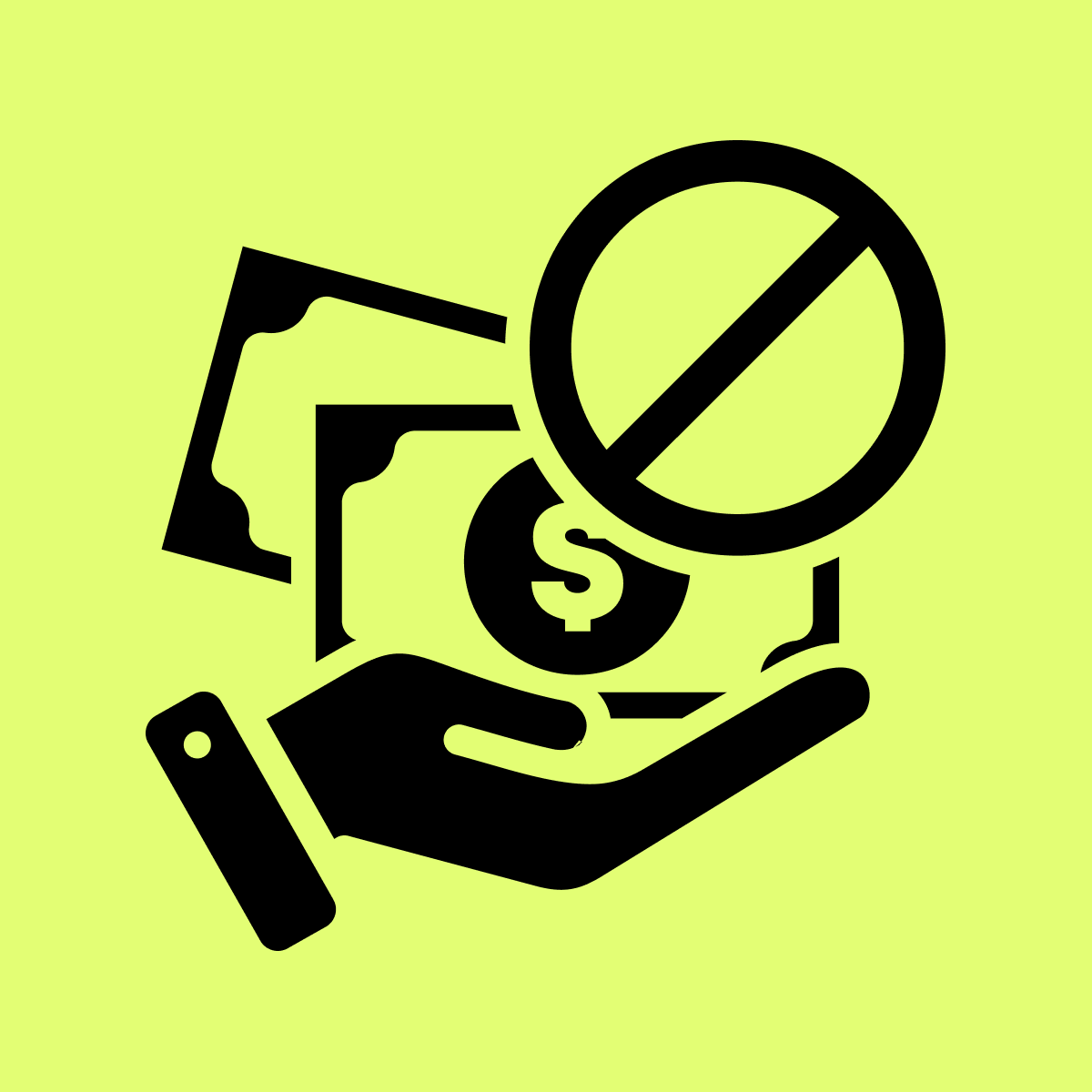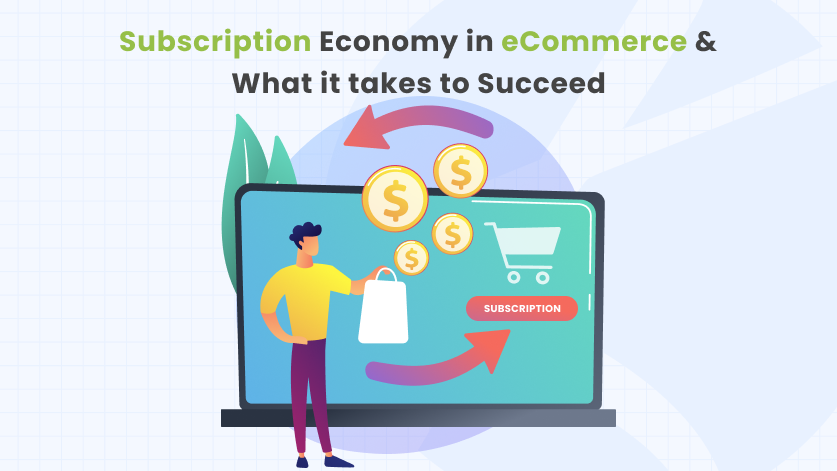Recurring revenue is invaluable in an unpredictable world – this stability comes for businesses through subscriptions. It is the model for success in businesses across industries, whether it is Netflix or Dollar Shave Company. The eCommerce subscription economy offers personalized experiences, convenience, and sustainability
In eCommerce, the impact of the subscription economy has been significant. The eCommerce market itself is predicted to be over $8.1 trillion.
As the younger generation of customers, who are more tech-savvy and prefer online businesses, enter the purchasing market, these numbers will only grow. With shopping online, there is also a rising trend in opting for subscriptions.
eCommerce subscriptions offer convenience, and speed and are part of the habits people form. The economy, in fact, relies on these habits. The numbers speak the same – by 2025, the subscription economy will grow to $1.5 Trillion!
The eCommerce businesses that can leverage subscriptions the right way will be futuristic because the subscription businesses have grown tremendously, 4.6 times faster than S & P 500 over the last decade.
However, it hasn’t been easy for everyone. Subscription models are great for profit margins, but only when businesses know how to reduce the churn rate.
Often, they fail to provide customers with value for the subscription over time. Additionally, customers subscribing to businesses want to feel connected to the brand’s story, which is often ignored.
Most importantly, when customers drop out, eCommerce businesses fail to ask questions, dig deeper, and find out why they left.
Identifying patterns and reasons for customer dissatisfaction can help businesses improve and scale, and the companies who don’t often miss out.
Therefore in this blog, we talk about how you can utilize the subscription economy for your eCommerce business and grow from it.
What is eCommerce Subscriptions?
eCommerce subscriptions are the business model that allows customers to experience a service or product bi-weekly, monthly, quarterly, or any predefined period.
This allows customers to regularly purchase the products they want without remembering to buy them regularly. This enables eCommerce businesses to develop customer relationships for better customer lifetime value, recurring revenue, and a loyal customer base.
The Dollar Shave Company is a company that understood the eCommerce subscription strategy early on and took full advantage of the concept.
It is among the most popular eCommerce subscription examples. The company that primarily sold razors launched in 2011 in the era of successful brands like Gillette.
After a viral video in 2012 that received over $28 million views, the company acquired 12,000 new customers with $1 per month for the subscription service selling razors soon after.
They offered different subscription plans and even included a ‘not so hairy” plan where customers could skip a month. They worked on providing flexibility with the shipment, and free delivery, and retained 40% to 50% of subscribers.
Unilever eventually acquired them for $1 billion in 2016, and the company has since grown to a subscriber base of more than 4 million users.
Providing razors as a subscription was a game changer. Learning how to retain their success and continuously improve it is the eCommerce subscription success story everyone can learn from.
Here is how their current subscription plans look. They call it the Dollar Shave Club, and you can see the value they add with simple attributes like money-back guaranteed options and customizable delivery schedules.
What can Help eCommerce Businesses Succeed at the Subscription Model?
We’ve discussed how eCommerce subscription models can be transformative for businesses.
Neil Patel, Bestselling author and Founder of Neil Patel Digital, says, “Currently, there is an increase in subscription companies as part of a larger shift from the product economy to the subscription economy.
Businesses now need to handle customer loyalty, pricing, and selling very differently. Running a subscription company means there is a continuing relationship with the customer. No longer does the business-customer relationship end with the swipe of a credit card.”
We completely agree. Handling customers today is a continuous process, and earning their loyalty is the way to a successful business.
Firstly, you will need to understand your customers and the need for a subscription model. This is possible after taking regular feedback and listening to customers intently.
A successful eCommerce strategy is created after understanding this preliminary information:
Here is what else they do:
1. Know Your Ideal Customer:
To build successful eCommerce subscriptions, you have to nail the first step – getting to know your customer. Understanding them gives you a treasure trove of information.
Here is how you do it:
- Listen to customer interactions, their problems, and what they like
- Collect feedback regularly to keep up with them
- Build customer personas based on the information collected above
- Check out the competition – you can always learn something from them
Once you have this information figure out, economically, what is a good model for your business and your customer.
Are they willing to spend money because of the quality of goods, or do they want a subscription model because that is more economical? Curate a plan after finding out such specifics.
Then understand the demographic of your customers—their age, gender, location, lifestyle, interests, and more. Create multiple target customers based on this information, and now your customer profiles will be ready.
2. Understand the Different Types of Subscription Models:
You must select the subscription model that can work for you based on your products and services. Here are 7 different eCommerce subscription models:
1. Replenishment/consumables subscription model: In this model, the customers often subscribe to products that get used up often and need regular replacement. Products like groceries are a good example in this category. The subscription helps customers replace products without remembering to order them and allows eCommerce businesses to have recurring revenue with a fixed timeline to manage inventory.
2. Curation subscription model: In this model, the customers are always surprised by what’s in the package at every interval. This could include products like chocolates, books, or any product sent after understanding the customer through some personalized answers.
3. Bargain/access subscription model: In this model, the customers usually receive monthly access to products at a discounted price with exclusive member-only products and prices. This is most useful for groceries, medicines, skincare, cosmetics, and even the clothing industry.
4. Fixed subscription model: In this model, as the name indicates, the customers pay a fixed amount over several months or years based on the agreement for a defined set of products or services. This subscription is popularly used in the SaaS industry.
5. Unlimited subscription model: This is a unique model; however, you might be aware of it too well. The customer can subscribe at a specific price and use the products without limits. This is how Netflix and other streaming platforms have curated their eCommerce subscription strategy.
6. Pay-as-you-go subscription model: In this model, these customers only pay for how much they use. Ideally, this is initiated with a starting fee, and then monthly charges are based on usage. This model is used by telecom companies and product companies when they launch.
7. The premium member subscription model: In this model, the customers pay a premium price for exclusive product access and deals. This model encapsulates the FOMO (Fear of Missing Out) phenomenon, and often exclusivity is the selling point. Amazon Prime does this well with its discounts, one-day delivery, access to streaming services, and much more.
3. Evaluate the Right Products for Subscription:
The type of subscription plan needs to be chosen after understanding the right products that customers would want to subscribe to.
Here is how to identify it:
- Check your products and understand which of these would be the best options for your subscription and would yield recurring revenue
- To do this, you can conduct surveys, analyze your sales data, and check which products have had consistent repeat orders, which products are requested for a notification when back in stock, and so on
- Once you realize the indicators, understand how easy it would be to convince customers for a subscription purchase and analyze the existing demand from your customers
- You can also include benefits as a part of the subscription. However, deciding which benefit will depend on your profit margins and budget. For example, you can offer free shipping, discounted products, redeemable points, etc
- You can offer options like “build a box.” Customers can choose the products they want to repeat during a defined period.
4. Create a Marketing Strategy for the Subscription Model
Marketing for eCommerce subscriptions is integral to their success. Here are some marketing strategies that you can explore:
- Devise email campaigns for several target audiences
- Your existing subscription customer should receive maximum personalized emails and offers (if any). This helps in your churn rate and increases the customer lifetime value
- Customers who still haven’t subscribed should receive a different set of cold emails that convey the value in subscribing and convince them
- Create more email campaigns to acquire new customers as well
- Run ads on Google and social media platforms to promote your product. When written well, ads have high success rates. Utilize the information you have from your customers about their demography and lifestyles, collect feedback, and use all this information to create ad copies
- Provide different types of subscription plans and flexibility options. Scheduling subscriptions on different dates, ability to skip subscription months, different tiered plans for customers’ convenience
- Create referral programs. Word of mouth with incentives is a way to get more eCommerce subscriptions. You can offer both parties an additional discount once they sign up.
- Create newsletter signups as well so that you can regularly tell your customers about new deals, products, subscription offers, and more
5. Make the Subscription Sign-up Process Easy:
Often regular customers would want to sign up for subscriptions when they get discounts and don’t have to remember to reorder items when they do it every month anyways. This is why the more visibility you provide to advertising the subscription, the easier it’ll be to subscribe.
- Make sure your website has a dedicated landing page for the subscription. This page should be able to convey the value and benefits at a glance
- Make it easy to subscribe at every stage in the customer’s buying journey. Even at the checkout, you can show them the price difference between a regular subscription and a one-time purchase
- Create an interesting CTA on your website and mobile app (if applicable). It should convey a positive emotion that also brings urgency to press the button
- Have a dedicated FAQ section that can answer the possible questions customers could have about the eCommerce subscriptions on your website
- Ensure the copy of product detail pages (PDPs), the pages that explain the products are written well to convert customers to subscribers effectively
6. Keep your Subscription Customers Engaged:
It costs 25 times more to acquire a new customer than to retain an old one. This is why improving retention rates is essential. Often brands can get caught up in acquiring more customers and need to remember that engaging older ones to reduce churn rate is crucial to your business.
Here are some tips to engage your customers:
- Provide exclusive deals, discounts, member-only products, and offers to your subscription customers
- Reward their loyalty with freebies often to show how much you value them
- Keep them engaged by sending well-curated emails that are highly personalized and make them feel a part of the brand
- A lot of subscribers feel connected to brands. Encourage them to take pictures with their product for UGC (user-generated content), encourage them to write reviews, and constantly talk to them about your brand values
- Do more than just sales. Consider showing your customers how you might also invest in charitable organizations or other worldly events to show them you are more than just an eCommerce brand and here to make a difference with their help
- When someone stops paying the subscription fee, check on them with calls and emails to understand why. Offer to provide reduced subscription fees for a while and provide deals exclusively to them.
- Reach out to them on different channels like Whatsapp. Send them marketing messages that are relevant to them, personalized coupon codes when they abandon the carts, and more
7. Make eCommerce Subscription Management Easy:
Customers’ needs can change often, and you should offer the flexibility to adapt accordingly. Allow them to pause, reschedule a package delivery, or even cancel the subscription easily.
Don’t make them jump through hoops and different processes to get it done. They will appreciate you for the seamless experience and are more likely to develop loyalty toward your brand.
- Make payments easier and when they don’t go through, inform the customer of the options available to them for making the payment. It goes without saying that offering multiple payment options always helps.
- Enable an easier way to pause subscriptions; this can help reduce cancellation of subscriptions, keeping consumers onboard.
- Offer easy rescheduling instead of hard dates; the flexibility to decide when, where, and how the customer wants to receive the next subscription can further enhance their experience with your brand.
8. Analyze Subscription Data – measure, Monitor, and Optimize:
An important aspect of any business is learning from the data you have. The subscription model can teach you about the kind of purchases customers make, how you should plan your inventory, the type of products in demand, the reasons for activating or deactivating their subscription, and much more.
When you understand such data and curate your website, content, and products based on insights from the market and, most importantly, your customers, you will set yourself up for success. Consistently make it a habit to monitor the data and optimize accordingly.
Additionally, Google is supposed to remove tracking through cookies in the near future. Therefore, use the data you have to develop strategies to continue targeting customers without cookies – which customers predominantly use to find the right audience.
Use the Subscription Economy to the Fullest for your eCommerce Brand:
Digital transformation is changing businesses every day; this is why everyone, including eCommerce businesses, must evolve with changing needs.
Subscription models are a rising trend, and you should capitalize on them with deals that make sense for your profit margins and your customers.
Remember the quality your customers subscribed for, and never cut corners on it; consistently take care of their needs and listen to their feedback, and you will succeed.
However, handling subscriptions and their data can get tricky, even with the best intentions.
This is where relying on a powerful eCommerce subscription solution like Appstle can help. The app is built for eCommerce businesses to make it simpler to set up custom subscriptions.
Models, implement different marketing strategies, set up tracking of orders, manage payments, and more all in one place.
If you’re using Shopify as your eCommerce platform, you’re in luck! There are fantastic Shopify subscription apps available that can take your business to the next level.
These apps seamlessly integrate with your Shopify store, allowing you to effortlessly set up and manage subscriptions for your products or services.
The subscription economy is growing by the day. Don’t be the last one to join it!
If you want to start your subscription business for your online business then here is a detailed guide on how to start a subscription business on Shopify.

